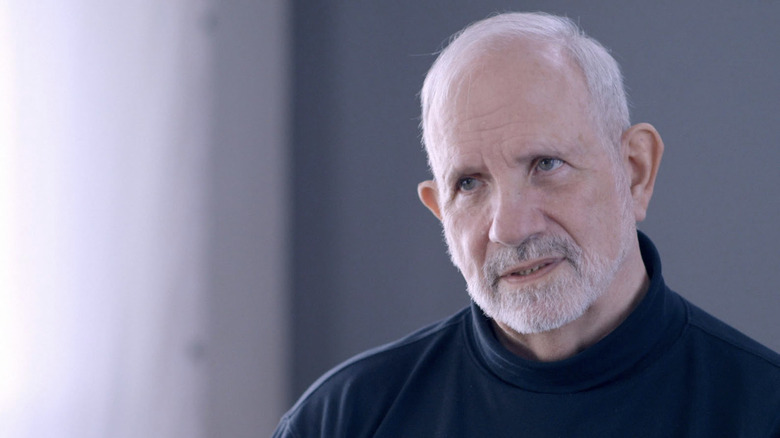
Criterion
We hear all the time that a movie starts on the page, and while this is true in an overarching sense, for practical purposes, the process of making a motion picture intended to screen in theaters or stream into living rooms starts when you've raised enough money to hire the actors and crew and so on required to get that page-bound vision before a camera. It's at this point that you begin fretting about getting a return on your investment and, just maybe, turning a profit. In this sense, all filmmaking is risk-taking.
This is the movie business, and it didn't used to be of widespread public interest. Once in a blue moon, people would be aware that a film like Joseph L. Mankiewicz's "Cleopatra" cost a studio-devouring amount of money; meanwhile, they could tell "The Exorcist," "Jaws" and "Star Wars" were making scads of money because they could see the lines out the door at their local theater, and were likely making return trips themselves (because it would be years before they could watch them again, sanitized and broken up by commercials, on network television). But when "Entertainment Tonight" began listing the top films at the box office after every weekend, an unhealthy obsession was created. People became more invested in the success of their favorite movies than in deriving actual enjoyment from them. Given that it was easier to articulate the former, the box-office-watching game took hold. This is the world we live in now.
This has been deleterious to the health of the film industry in that the public perception of a box office failure turns toxic. The term "flop" no longer explicitly refers to financial failure; it also means that the movie is a creative failure. Ergo, in the big picture, it was an unwise risk, and this, in turn, makes filmmakers risk averse, which means we get more safe, conventional movies. Worst of all, perfectly good, if not great movies occasionally slip through the cracks as a result. If they're talked about, it's in reference to the gobs of money they lost for the studio.
And this is how a masterpiece like Brian De Palma's "Casualties of War," the greatest Vietnam War film ever made by a major Hollywood studio, gets dismissed if not completely forgotten.
How Brian De Palma amassed the box office clout to make Casualties of War
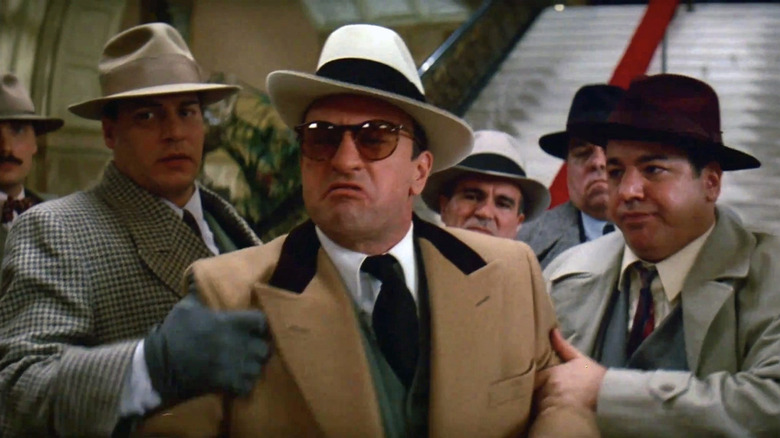
Paramount Pictures
Of the 1970s film brats (a group that primarily consists of Francis Ford Coppola, Martin Scorsese, Steven Spielberg, George Lucas, and John Milius), Brian De Palma is the auteur who starts the most fights among cinephiles. He's a sensationalist and, more often than not, a satirist; he trafficks in pure visual storytelling, both borrowing from and subverting the cinematic language to investigate deep personal interests and convey even deeper personal themes. He's as skilled a filmmaker as has ever lived, but his dreamy way with a story doesn't always jibe with the general public. When he connects, he delivers pop culture phenomena like "Carrie," "Dressed to Kill" and "Scarface." And when he works within the constraints of a strictly commercial picture, he can thrive, as he did with "The Untouchables" and "Mission: Impossible."
When discussing De Palma's career arc, "The Untouchables" may be the most important film in his oeuvre. The filmmaker was coming off two critical and commercial disappointments in "Body Double" and "Wise Guys," and had earned a number of hostile reviews for his gloriously excessive riff on Howard Hawks' gangster classic "Scarface." He was also still catching flack from morons who viewed his homages to Alfred Hitchcock as the work of a ripoff artist instead of a master of the form working bold variations on familiar themes (or sometimes just indulging in outright parody à la the shower scene in "Phantom of the Paradise"). Given that De Palma's swooning, big-screen aesthetic benefitted from a certain degree of production value, he needed a hit if he wanted to take on projects with grander aspirations than erotic thrillers.
With its upright T-men taking on a murderous, media-coddled Al Capone, "The Untouchables" played like a hyper-violent "Star Wars" with Tommy guns. It had a cinematic sweep, grand movie star performances, and a rousing Ennio Morricone score that lifted you out of your seat. Critics mostly dug it, while audiences ate it up. The film grossed $76 million domestically in 1987 and proved to studios that De Palma could deliver a blockbuster crowd-pleaser. He could call his tune with his next feature.
Rather than romp in the studio sandbox again with a managed risk like "The Untouchables," he used his just-acquired clout to mount a passion project he'd been pursuing for the better part of a decade. It was not inherently commercial, but if De Palma could hit the bullseye it would most assuredly place him in the pantheon of the world's finest filmmakers. So he pushed all in on "Casualties of War."
One Vietnam War movie too many?
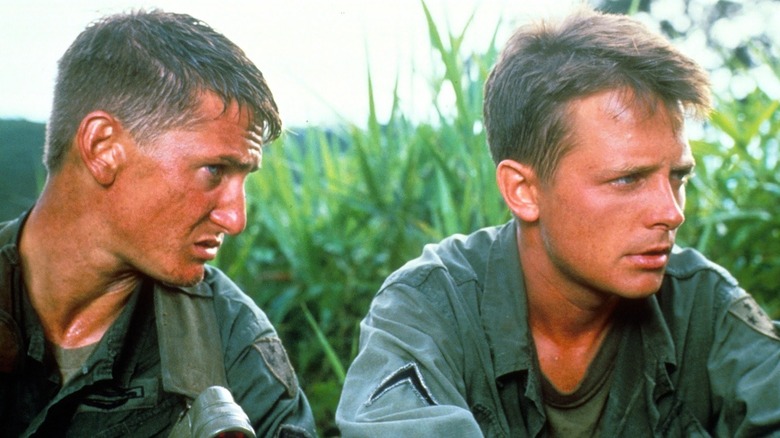
Columbia Pictures
This shouldn't matter, but the prevailing sentiment in Hollywood at the time Columbia Pictures greenlit "Casualties of War" was that Vietnam films were mostly out of fashion. The industry would give Oliver Stone a pass because he was a veteran of the war who'd prompted the nation's reckoning with the conflict via the Best Picture-winning "Platoon," but, really, after "Full Metal Jacket," "Hamburger Hill," and "Good Morning, Vietnam" the constant banging on over America's aimless slaughter felt like overkill.
David Rabe's screenplay for "Casualties of War" was different. Based on Daniel Lang's The New Yorker article detailing a repugnant war crime wherein a group of American soldiers kidnapped, raped, and murdered a young Vietnamese girl, this film would forefront the wanton depravity of the conflict. There had already been a sobering documentary from Michael Verhoeven ("o.k.") on the subject, and a forgettable 1972 Elia Kazan feature called "The Visitors," but De Palma and Rabe saw clearly the opportunity to make moviegoers witnesses to a horrific, isolated act. And De Palma's selection of Michael J. Fox — Alex P. Keaton and Marty McFly — to play the "cherry" G.I. who takes a lone stance against his fellow soldiers' monstrousness would give us a beloved, fresh-faced surrogate through which to helplessly view a series of crimes he and we cannot stop.
As the ranking officer who hatches the plan to acquire some "portable R&R," De Palma cast Sean Penn, who'd hit a rough patch in his career with box office failures like "At Close Range" (a superb movie) and "Shanghai Surprise" (one of the worst movies of the 1980s). He filled out the platoon with new faces like John Leguizamo, Don Harvey, and, in his first significant role, John C. Reilly. Behind the camera, he mostly rolled with his guys: cinematographer Stephen H. Burum, editor Bill Panko,w and Morricone.
De Palma's confidence was soaring after "The Untouchables," and it shows in every single frame of "Casualties of War." This is the film of a master orchestrating at the height of his powers. Columbia Pictures had a major Oscar contender on its hands. Alas, the studio repaid De Palma by bungling the release of the film in a way that ensured its obscurity.
An immoral war that turned young men into monsters
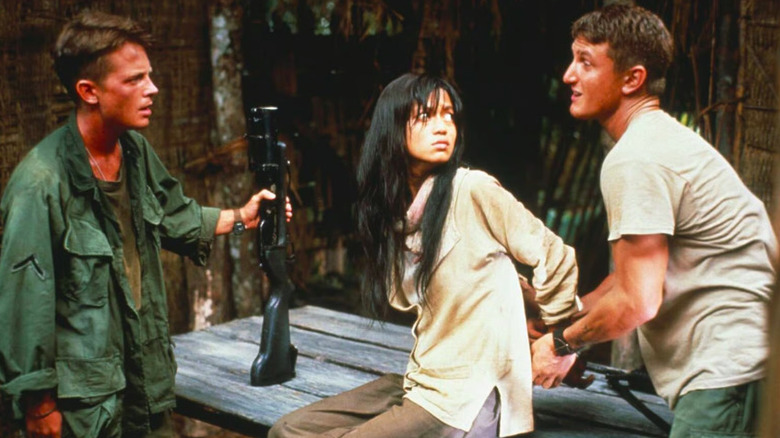
Columbia Pictures
The consensus critical opinion of Brian De Palma in 1989 held that he was the brattiest of the film brats, an unabashed provocateur more interested in stirring up controversy than stirring the soul. "Body Double" felt like a scuzzy nadir to some (they're wrong, it's great), which forced them to knock "The Untouchables" for its gratuitous violence. De Palma got off on this stuff, which they deemed off-putting in a film adaptation of an old television show. So when presented with a serious, non-satirical Vietnam movie from this bad boy of cinema, they had concerns.
If you walk into "Casualties of War" without preconceived notions, it's a singular, scalding experience. De Palma's fluid visual sense has never been more nimbly balletic (credit is due to his frequent Steadicam operator Larry McConkey, the best to ever man the apparatus), which makes the soldiers' moral rot all the more nauseating. But the whole tragic affair does not occur in a vacuum; Penn's Meserve seems like he could be an honorable, tough-love leader of men until his buddy Brownie (Erik King), days away from going home, gets killed in an ambush. This incident twists Meserve. We see his humanity is long gone in a mesmerizing split-diopter shot where he shaves with a straight razor in the foreground as his charges hang out in the background; they can't see his maniacally focused gaze, but we can and we want to scream at them that this man is not well.
Not that it matters. When Meserve orders the men to kidnap Oanh (Thuy Thu Le), they nearly all go along with it. It's not just about following orders; they're keen to get some, and they don't view Oanh as a human being. Fox's Eriksson does, but he's outranked and outflanked. What's to come is not in question. When it goes down, and how Meserve crudely justifies it is all that remains.
A brutally honest look at atrocities
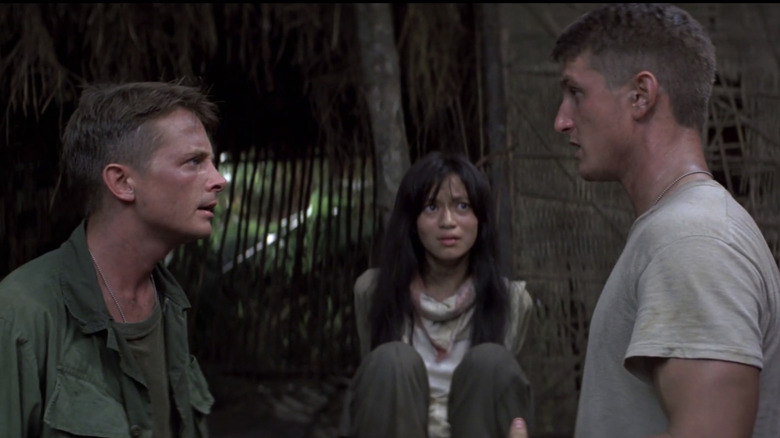
Columbia Pictures
Enough cannot be said about Morricone's anguished orchestral score, which is lovely and jarring sometimes in the same cue. He's just as scandalized by the film as we are, and thus gives a mournful voice to the atrocity. Thuy Thu Le's performance is equally astounding. Her emotional pitch ranges from horrified to dead inside. There is nothing close to calm because she is only ever certain of her fate. She cannot communicate with these men, and she's seen what these savages have done to her people.
Once the ordeal comes to a harrowing end on a railroad bridge, Eriksson, who intends to inform his superiors about his companions' crime, becomes the hunted. His troubled conscience is deemed an inconvenience to the higher-ups, who want no part of this scandal at this juncture of the war. Nevertheless, Eriksson presses forward, and the men are court-martialed. But it's not enough. Eriksson will never be able to live with himself for having been privy to Oanh's rape and murder, which we see in the San Francisco scenes that bookend the film. Yes, the young woman who reminds him of Oanh tells him that his nightmare has ended, but there's no comfort coming. He is stained forever, as is the country that sanctioned this immoral war.
In this way, he's a much more fitting protagonist for non-veterans than Charlie Sheen's Chris Taylor in "Platoon." He can't poeticize what he saw. He can only suffer.
Casualties of War was impossible to 'recomend'
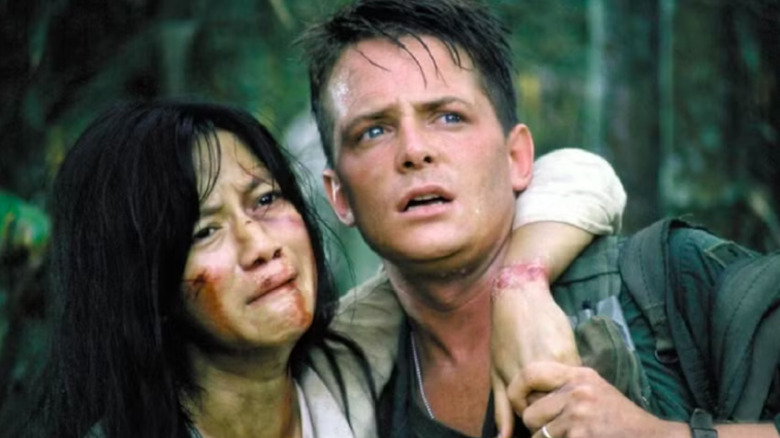
Columbia Pictures
"Casualties of War" was never suited to the summer movie season, but it was especially baffling that Columbia Pictures chose to release it in August of 1989. This was the year of "Batman," "Indiana Jones and the Last Crusade" and "Lethal Weapon 2." Yes, "Do the Right Thing" thrived in this climate, but it was bathed in the heat of a sweltering summer. That felt right. Going to see "Casualties of War" while escapist entertainment occupied every other screen in the multiplex felt wrong.
When Columbia saw how this season was playing out, they should've tried to find a more welcoming landing spot for the film in the fall (swapping out their prestige non-starter "Immediate Family" for "Casualties of War" in October would've been ideal). But they allowed the NRG-led testing process to shake their belief in De Palma's masterpiece. "Casualties of War" isn't a film you score by conventional testing means. "Did you enjoy this movie" and "Would you recommend it to friends?" are not questions you ask of someone after they've experienced a movie like this. It's obscene. Moreover, at a studio level, if you sit through this movie and don't see a major awards contender (Picture, Director, Screenplay, Supporting Actor, and Supporting Actress) to which you should be ecstatic to affix your studio's logo, profit be damned, you're incompetent.
Columbia inexplicably stuck with their release strategy. "Casualties of War" opened over the weekend of August 18, 1989, and despite rave reviews from some of the nation's most respected critics (Pauline Kael, Roger Eber,t and Michael Wilmington) performed poorly. The film topped out at $18.7 million on a budget of $22.5 million. By the time year-end awards were being handed out, it didn't exist. 35 years later, it's rarely discussed. Even Noah Baumbach's documentary "De Palma," which sparked renewed interest in the auteur, failed to raise the film's profile.
You've seen Batman five times, now see ... Casualties of War?
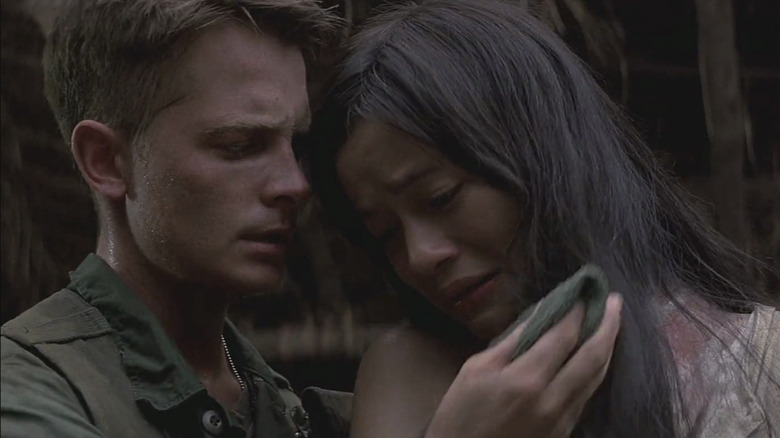
Columbia Pictures
De Palma's career was not immediately damaged. He signed on to direct the buzzed-about adaptation of Tom Wolfe's classic 1980s novel "Bonfire of the Vanities," and leaned surprisingly earnest when he should've been more barbed. The film was shredded by critics and died loudly at the box office. After a two-year break, he quietly returned to form with the gonzo thriller "Raising Cain," which boasts one of the greatest single-take Steadicam shots (McConkey again) you'll ever see.
De Palma would rebound commercially years later with "Mission: Impossible," but he never took a risk on the scale of "Casualties of War" again. Why f***ing bother? He'd knocked out a world beater and watched the studio consign a towering work of art to the box office scrap heap. Why? Because people who didn't know what they were talking about possessed the impoverished vocabulary necessary to measure "Casualties of War" on its commercial performance, but they lacked the moral wherewithal to contend with what it said about our ever-failing humanity. In that regard, it will remain forever relevant and necessary.

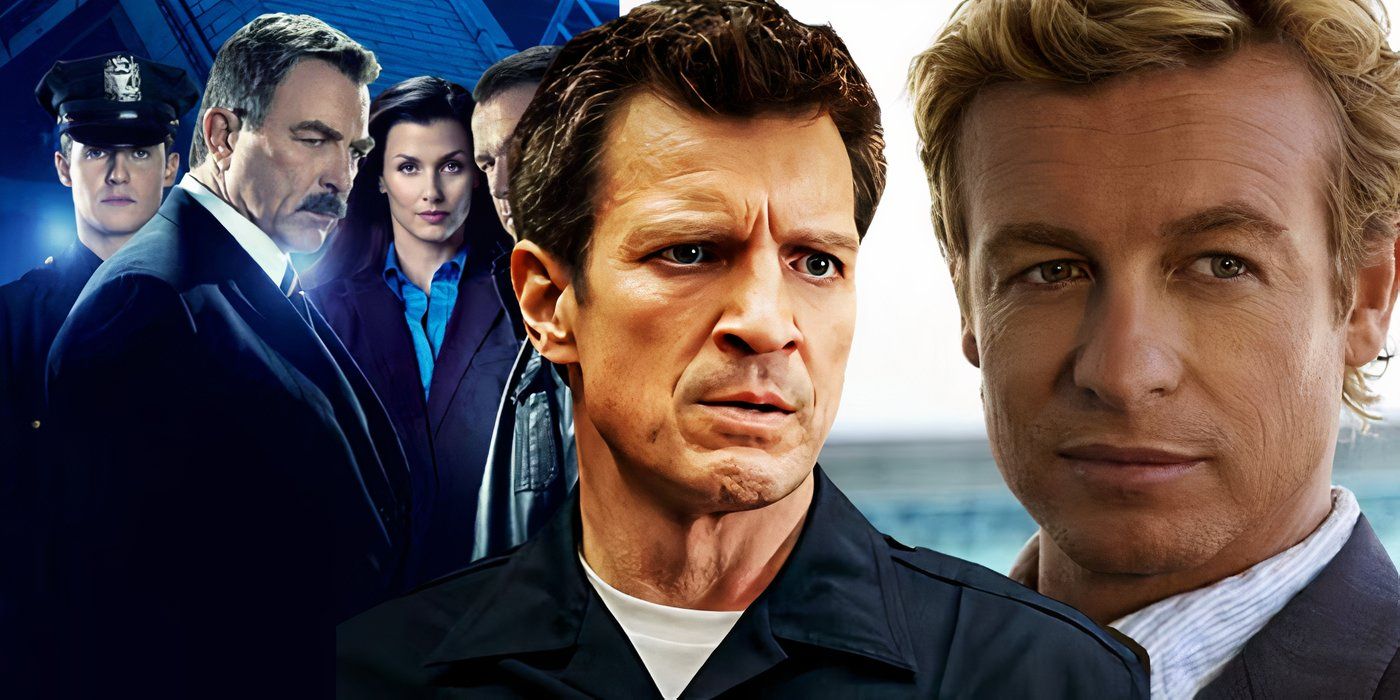
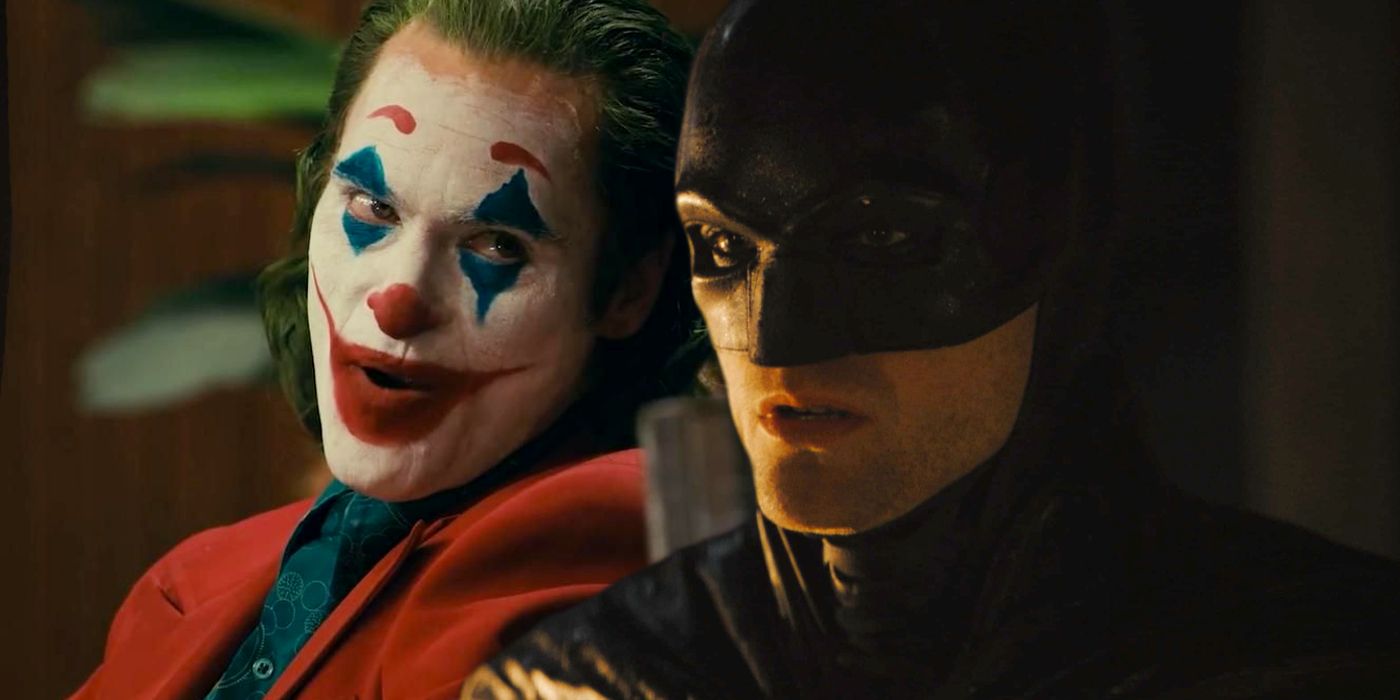






 English (US) ·
English (US) ·